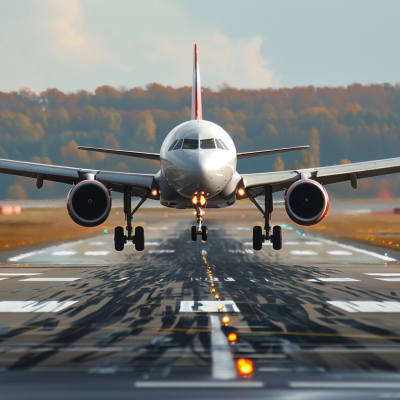When preparing for a flight, deciding whether to check your luggage or bring a carry-on bag can be challenging.
You want to ensure you have everything you need for your trip while considering convenience, cost, and the risk of lost luggage.
Fortunately, understanding the advantages and disadvantages of each option can help you make the best choice for your travel needs.
In this blog post, we’ll explore the pros and cons of checked luggage versus carry-on bags, providing you with the information you need to make an informed decision.
By the end of this article, you’ll clearly understand which option is most suitable for your next air travel adventure, allowing you to pack confidently and focus on enjoying your journey.
| Feature | Carry-On Luggage | Hold Luggage |
|---|---|---|
| Dimensions Allowed | Typically up to 22″ x 14″ x 9″ | Varies, but often up to 62 linear inches (sum of length, width, height) |
| Average Fees | Usually free, but some airlines charge for overhead bin use | Typically $25-$50 per bag; additional fees for overweight or extra bags |
| Typical Use Cases | Short trips, business travel, weekend getaways | Long vacations, international travel, moving, or traveling with bulky items like sports equipment |
| Weight Restrictions | Often up to 40 pounds depending on the airline | Generally 50 pounds; overweight charges may apply beyond this weight |
Criteria for Choosing Luggage Type
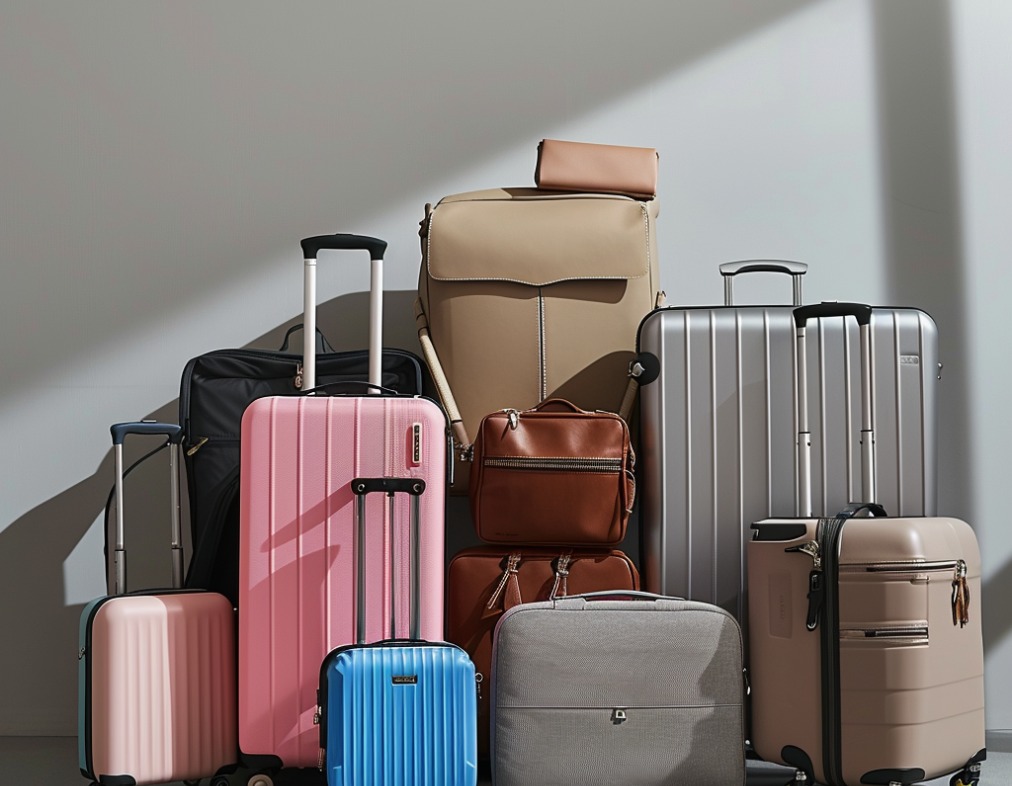
1. Duration of the Trip
The length of your trip is crucial when deciding between carry-on and checked luggage. A carry-on bag is often sufficient for short trips, such as weekend getaways or brief business meetings.
This allows you to avoid waiting at baggage claims and quickly start your journey upon arrival.
On the other hand, longer trips may require checked luggage to accommodate more clothing, toiletries, and other essentials.
2. Nature of Items to be Packed
Consider the types of items you need to bring on your trip. Carry-on luggage has restrictions on liquids, gels, and aerosols, limiting containers to 3.4 ounces or less.
Additionally, sharp objects and other potentially dangerous items are prohibited in carry-ons. Checked luggage may be necessary if you need to pack larger quantities of liquids or restricted items.
For valuable items like electronics, jewelry, or important documents, it’s generally safer to keep them in your carry-on bag to minimize the risk of loss or damage.
3. Traveler’s Mobility and Comfort Preferences
Your mobility and comfort preferences play a role in choosing the right luggage type. If you value the convenience of traveling light and moving around easily, a carry-on bag may be the best choice.
This is especially true if your trip involves multiple destinations or frequent use of public transportation.
However, if you prioritize comfort and don’t mind managing larger luggage, checked bags offer more space and flexibility in packing.
4. Airline Luggage Policies and Fees
Before making a final decision, familiarize yourself with your chosen airline’s specific luggage policies and fees.
Carry-on size allowances can vary between airlines, so measure your bag to ensure it complies with their requirements.
Additionally, many airlines charge fees for checked luggage, which can add up quickly, especially if you have multiple bags or are traveling with family.
Some airlines may also have weight restrictions for both carry-on and checked luggage, so check these details to avoid unexpected costs or issues at check-in.
Pros of Carry-On Luggage

1. Immediate Access
One of the primary benefits of carry-on luggage is having immediate access to your personal belongings during the flight.
This convenience enhances comfort and provides peace of mind, knowing that essential items are always within reach.
Whether you need to retrieve important documents and medications or simply want to enjoy in-flight entertainment and comfort items, having your carry-on bag nearby makes the journey more enjoyable.
For instance, if you need to refer to a travel itinerary or take medication at a specific time, having your bag close at hand ensures you can do so without any hassle.
2. Cost Savings
Opting for carry-on luggage can lead to significant cost savings, especially when flying with airlines charging checked baggage fees.
These fees can quickly add up, particularly on multi-leg trips or when traveling with budget airlines.
For example, if an airline charges $30 for the first checked bag and you have a round-trip flight with a layover, you could save $120 by using only a carry-on.
Over time, these savings can be substantial, especially for frequent travelers.
3. Security
Keeping your luggage in the cabin provides an added level of security, reducing the risk of theft or loss.
When your valuables, such as electronics, jewelry, or important documents, are safely stored in your carry-on, you have the peace of mind of knowing they are under your supervision.
This is particularly important when airlines mishandle or delay checked luggage.
Maintaining control over your belongings minimizes the chances of them being lost or stolen during the travel process.
4. Mobility
Carry-on luggage offers greater mobility, making it easier for travelers to move through airports swiftly and handle last-minute changes.
Having lighter luggage is a clear advantage when navigating crowded airports, using public transport, or walking long distances between terminals.
For instance, if you have a tight layover and must rush from one gate to another, a carry-on bag allows you to move quickly without being weighed down by heavy checked luggage.
Additionally, if there are any last-minute gate changes or flight delays, you can easily adapt and move around the airport without worrying about your checked bags.
Cons of Carry-On Luggage
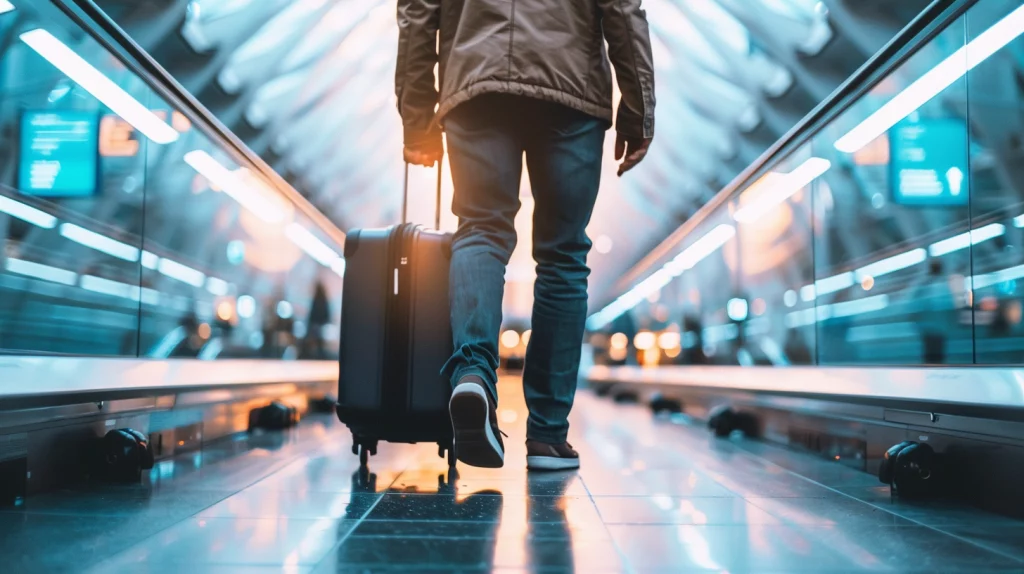
1. Space Limitations
One of the primary challenges of carry-on luggage is the limited space due to size and weight restrictions imposed by airlines.
These limitations can make it difficult for travelers to bring all the necessary items for their trip.
For example, most airlines require carry-on bags to be no larger than 22 x 14 x 9 inches and weigh no more than 40 pounds.
These restrictions may force travelers to leave behind essential items or face the inconvenience of repacking at the check-in counter to meet the requirements.
2. Packing Restrictions
Carry-on luggage is subject to strict regulations regarding the types of items that can be brought on board.
The Transportation Security Administration (TSA) and airlines have limitations on liquids, gels, and aerosols, with containers limited to 3.4 ounces or less and all fitting in a single quart-sized bag.
This can be inconvenient for travelers needing larger quantities of toiletries or other liquid items.
Additionally, certain electronics and professional equipment may be restricted, forcing travelers to purchase these items upon arrival or rent them at their destination, which can be costly and time-consuming.
3. Physical Strain
Navigating airports with carry-on luggage can be physically demanding, especially for frequent travelers or those with physical limitations.
Carrying a bag through large airports, upstairs, or on public transportation can be taxing and cause discomfort.
For instance, during peak travel times, airports can be crowded, making maneuvering with a carry-on bag challenging.
Similarly, when using public transport like subways or buses, travelers may need to climb stairs or walk long distances with their luggage, which can be exhausting and stressful.
4. Overhead Bin Space
Limited overhead bin space on flights can lead to passenger competition, causing stress and inconvenience.
The demand for overhead bin space has increased as more travelers opt for carry-on luggage to avoid checked bag fees.
This often results in passengers being forced to check their carry-on bags at the gate due to lack of space, potentially leading to delays, additional fees, and the risk of damage or loss.
Gate-checked bags are often treated differently than those checked at the ticket counter, with a higher likelihood of mishandling or delays in retrieval upon arrival.
Pros of Hold Luggage
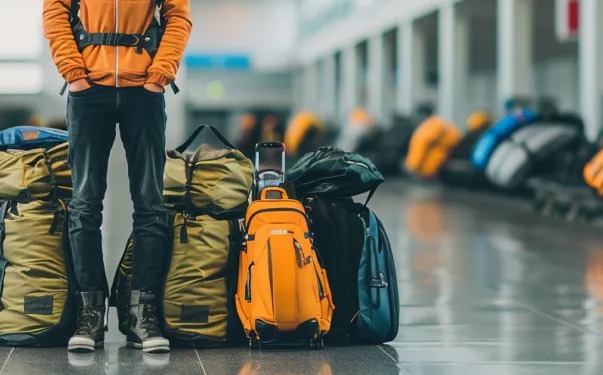
1. Greater Capacity
One of the most significant advantages of hold luggage is the ability to pack larger items that may not be suitable for carry-on bags.
With checked luggage, travelers can bring sports equipment, such as golf clubs or skis, without worrying about size restrictions.
Additionally, larger toiletries and a more extensive wardrobe for extended trips can be easily accommodated in hold luggage, which would be challenging or impossible with only a carry-on bag.
2. Comfort
Traveling with hold luggage offers a higher level of comfort by eliminating the need to carry heavy bags through the airport physically.
Without the burden of lugging around a bulky carry-on, travelers can move more freely and reduce physical strain, especially during long layovers or when navigating large, crowded airports.
This added comfort is particularly beneficial for those with physical limitations or when traveling with children, as it allows for a more relaxed and manageable experience.
3. Flexibility
Hold luggage allows travelers to pack for various weather conditions and occasions without being constrained by space limitations.
This flexibility is invaluable when preparing for trips involving multiple activities or destinations with unpredictable weather.
For instance, when packing for a cruise that includes formal dinners, beach excursions, and onshore explorations, holding luggage allows travelers to bring all the necessary clothing and gear without sacrificing essentials due to limited space.
4. Secured Transport
Checking luggage offers a more secure method of transporting belongings, as travelers do not have to manage multiple pieces of luggage throughout their journey.
Once checked, luggage is handled by the airline’s baggage system, reducing the risk of theft or loss in busy airport terminals.
Moreover, hold luggage often benefits from additional security measures, such as the ability to use more robust locking mechanisms or even tracking devices, providing travelers with enhanced peace of mind regarding the safety of their belongings.
Cons of Hold Luggage
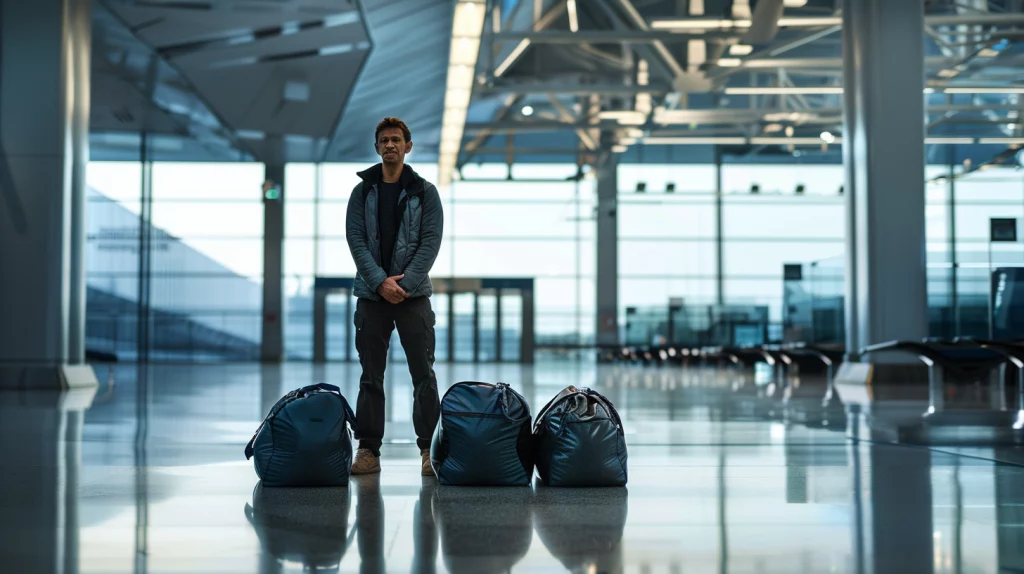
1. Risk of Loss
One of the primary concerns with hold luggage is the increased likelihood of bags getting lost or delayed during the travel process.
This can cause significant disruptions to travel plans, especially if essential items or medications are in the misplaced luggage.
According to a report by SITA, an aviation technology company, around 24.8 million bags were mishandled in 2018, with most of these incidents occurring during tight connections or at airports known for baggage handling issues. The stress and inconvenience caused by lost or delayed luggage can damper the entire travel experience.
2. Waiting Times
Another drawback of hold luggage is the time spent waiting at baggage claims upon arrival. This can significantly delay the overall travel time, particularly during peak travel seasons or at busy airports.
On average, travelers can expect to wait anywhere from 20 to 45 minutes for their luggage to arrive at the carousel, depending on the airport and the efficiency of the baggage handling system.
These waiting times can be especially frustrating after a long flight when travelers are eager to start their journey or head to their accommodations.
3. Costs
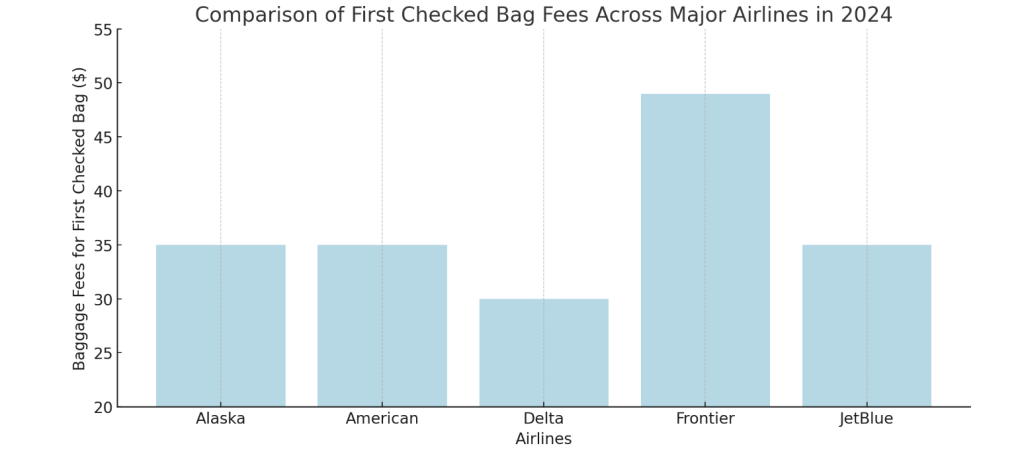
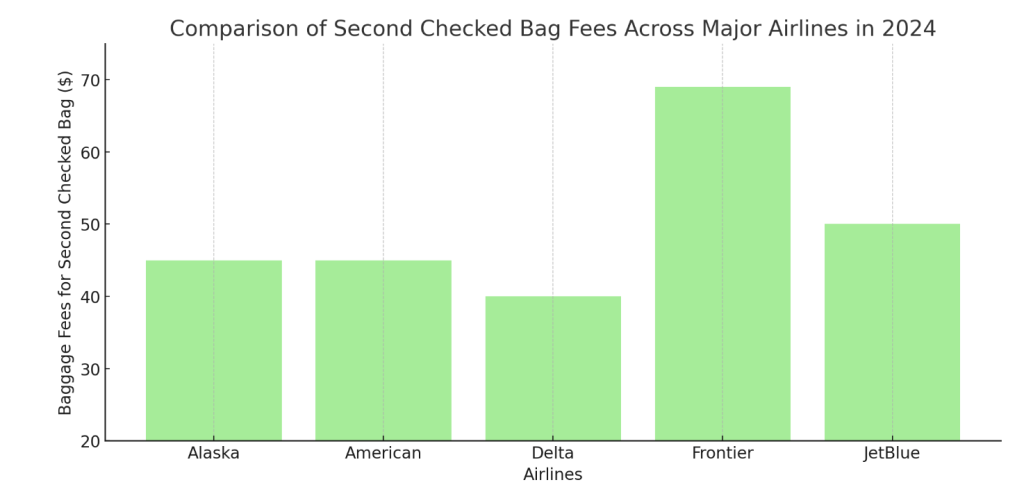
Checking hold luggage can also come with substantial fees, particularly when traveling with multiple bags or overweight luggage.
Many airlines charge for checked bags, with fees ranging from $25 to $50 or more per bag each way. These costs can quickly increase, especially for families or groups traveling together.
Additionally, if a bag exceeds the weight limit set by the airline, typically around 50 pounds, travelers may face significant excess baggage fees.
It’s essential to compare the luggage policies and costs of different airlines to get a comprehensive view of the potential expenses associated with hold luggage.
4. Handling Damage
Another risk associated with hold luggage is the potential for physical damage during the handling and transport.
Baggage handlers often have to work quickly to load and unload many bags, which can lead to rough handling and potential damage.
Common types of damage include broken wheels, handles, or zippers, as well as damage to the contents of the luggage.
To mitigate these risks, travelers can opt for hard-shell luggage, which offers better protection than soft-sided bags.
Additionally, securing fragile items with extra padding or placing them in protective cases can help minimize the likelihood of damage.
Case Studies and Personal Experiences
1. Carry-On Only for Short Trips
Many travelers prefer carrying luggage for short trips due to its convenience and cost-saving benefits.
One prime example is a business traveler who frequently attends weekend conferences nationwide.
Using a carry-on bag, they can avoid waiting at baggage claim and move quickly through security checkpoints, saving valuable time in their tight schedule.
This allows them to arrive at their destination promptly and prepare for business engagements.
Another instance where carry-on luggage proves advantageous is for solo travelers visiting multiple cities within a short period.
A backpacker exploring Europe for a week found that using a carry-on backpack made it easy to navigate through train stations, hop on buses, and walk to hostels without the burden of heavy, checked luggage.
Moreover, they saved money on baggage fees by not checking bags, which can be significant when traveling on budget airlines between countries.
2. Hold Luggage for Long Stays or Special Equipment Needs
While carry-on luggage is ideal for short trips, some situations call for the use of hold luggage. One such scenario is when a family embarks on a month-long vacation.
With multiple family members, including young children, checking luggage becomes necessary to accommodate everyone’s clothing, toiletries, and other essentials.
The added space in hold luggage also allows for packing toys, games, and other items to keep children entertained during the trip, ensuring a more enjoyable experience for the entire family.
Another example where hold luggage is crucial is for travelers with special equipment, such as photographers or sports enthusiasts.
A professional photographer traveling to a destination wedding opted for checked luggage to safely transport their delicate camera gear and lighting equipment.
The secure handling and additional protection offered by hard-shell checked luggage provided peace of mind, knowing their expensive tools would arrive undamaged.
Similarly, a golf enthusiast traveling for a tournament found that checking their golf clubs in a specialized travel bag was the most practical option, as it allowed them to bring their preferred equipment without the hassle of renting or borrowing clubs at the destination.
Conclusion
Choosing between carry-on and hold luggage ultimately depends on your unique travel needs and preferences.
By carefully considering trip duration, packing requirements, mobility, and airline policies, you can make an informed decision that ensures a smooth and enjoyable journey.
Whether you opt for the convenience and cost-savings of carry-on luggage or the spaciousness and comfort of checked bags, the key is to find the option that best aligns with your travel style.
Remember, the perfect luggage choice is the one that allows you to focus on creating unforgettable memories and embracing the adventure that awaits you.
So, as you prepare for your next flight, take a moment to reflect on your priorities and select the luggage type that will make your travel experience truly exceptional.





